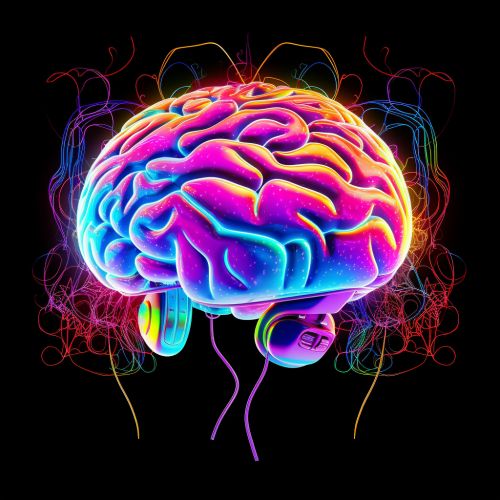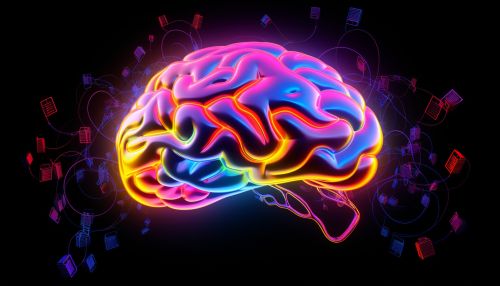Cognitive Neuroscience of Music Perception and Production
Introduction
Cognitive neuroscience is a branch of neuroscience that studies the biological processes that underpin cognition, with a specific focus on the neural connections in the brain which are involved in mental processes. Cognitive neuroscience combines the principles of psychology, cognitive science, neurobiology, neuroimaging, and computer science to examine how mental functions are produced by neural circuits in the brain.
Music perception and production are complex cognitive functions that involve a broad network of brain regions. The cognitive neuroscience of music is a rapidly growing field of research that combines music theory, psychology, and neurobiology to understand the neural mechanisms underlying music perception and production.
Neural Basis of Music Perception
Music perception involves several cognitive processes, including pitch perception, rhythm perception, timbre perception, and melody recognition. Each of these processes is associated with specific brain regions and neural circuits.
Pitch Perception
Pitch perception is the ability to perceive the pitch of a musical note. This process is primarily associated with the auditory cortex, a region of the brain located in the temporal lobe. The auditory cortex processes the frequency information of a sound and translates it into the perception of pitch. More on the auditory cortex.
Rhythm Perception
Rhythm perception is the ability to perceive the temporal structure of a musical piece. This process involves several brain regions, including the basal ganglia, the cerebellum, and the supplementary motor area. These regions work together to process the timing information of a sound and translate it into the perception of rhythm. More on the basal ganglia.
Timbre Perception
Timbre perception is the ability to distinguish different types of sounds, such as the difference between a piano and a guitar playing the same note. This process is associated with the auditory cortex and the prefrontal cortex. These regions process the spectral information of a sound and translate it into the perception of timbre. More on the prefrontal cortex.
Melody Recognition
Melody recognition is the ability to recognize a sequence of notes as a coherent musical piece. This process involves several brain regions, including the auditory cortex, the prefrontal cortex, and the hippocampus. These regions work together to process the sequential information of a sound and translate it into the perception of melody. More on the hippocampus.


Neural Basis of Music Production
Music production involves several cognitive processes, including motor planning, motor execution, auditory feedback, and error correction. Each of these processes is associated with specific brain regions and neural circuits.
Motor Planning
Motor planning is the process of planning the movements required to play a musical instrument. This process is primarily associated with the prefrontal cortex, a region of the brain involved in planning complex cognitive behavior. More on the prefrontal cortex.
Motor Execution
Motor execution is the process of executing the planned movements. This process involves several brain regions, including the primary motor cortex, the supplementary motor area, and the cerebellum. These regions work together to control the movements of the muscles involved in playing a musical instrument. More on the primary motor cortex.
Auditory Feedback
Auditory feedback is the process of monitoring the sounds produced by the musical instrument. This process is associated with the auditory cortex, which processes the sound information and sends it to other brain regions for further processing. More on the auditory cortex.
Error Correction
Error correction is the process of correcting the mistakes made during the performance. This process involves several brain regions, including the prefrontal cortex, the basal ganglia, and the cerebellum. These regions work together to detect the errors and adjust the movements to correct the mistakes. More on the basal ganglia.
Conclusion
The cognitive neuroscience of music perception and production is a complex field that involves a broad network of brain regions and neural circuits. The understanding of these neural mechanisms can provide valuable insights into the nature of music, the cognitive processes involved in music perception and production, and the potential therapeutic applications of music in neurorehabilitation.
